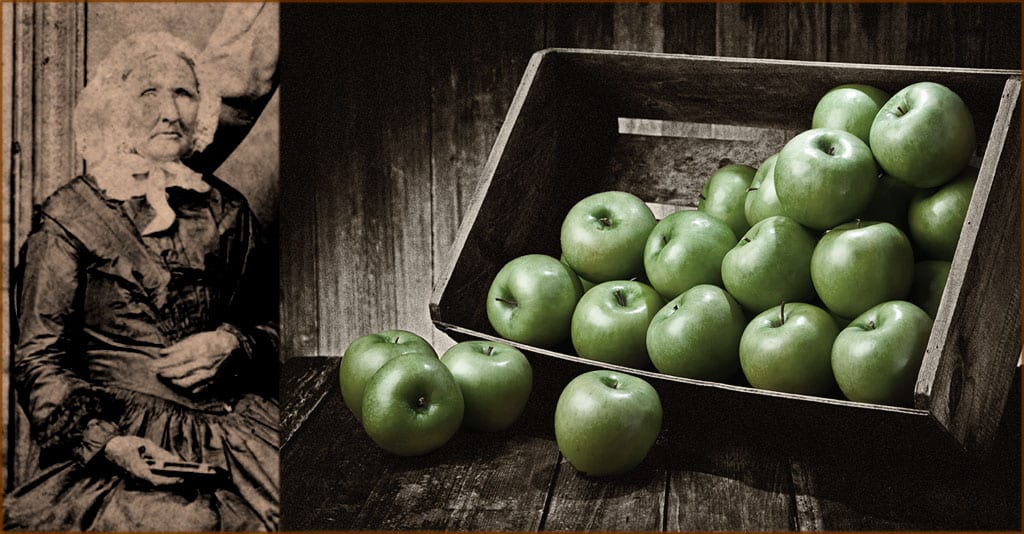
Saying something is “as American as apple pie” might work if we’re talking baseball, blue jeans or rock ‘n’ roll. But the story behind one of America’s favorite pies — and one of our most beloved baking apples — isn’t American at all. It began almost 10,000 miles away, in a compost heap near a kitchen just outside Sydney, Australia, with an orchardist named Maria Ann Sherwood Smith. Today we know her as Granny Smith.
Maria Ann Sherwood was born in England in 1799 to a farming family. John Sherwood and his wife, Hannah, lived in the village of Beckley, in an area of Sussex County that was rich in orchards that produced apples, pears, cherries and plums. Maria took an interest in the family farm, working alongside her parents at an early age. At the age of 19, she married farm laborer Thomas Smith. Over the next 19 years, the couple raised eight children, three of whom died in infancy, and farmed their own land in Beckley.
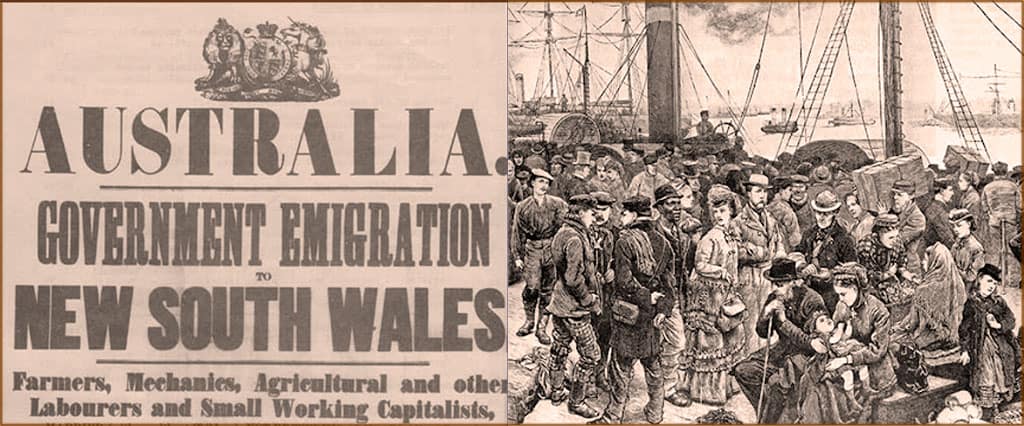
Going Abroad from England
But by the 1820s and ’30s, the Smiths had fallen on hard times. Britain was facing a labor surplus, with low wages for farm workers, at the same time industrialization began to slow demand for agricultural labor. Poor, and dissatisfied with conditions at home, many rural families looked for a way out. And the Smith’s Sussex parish was “one of the most impoverished parishes” in the county, with parish official Samuel Selmes writing, “just yesterday we had 80 laborers out of employ, and our houses [workhouses] are quite full.” The solution was to send people abroad.
At the same time, the Australian government launched a bounty scheme to recruit people with agricultural backgrounds and the skills needed to develop Australian farms. “Bounty immigrants,” as they were called, were selected by colonists who paid for their passage. When the immigrants arrived, they were hired by the colonists, who would then be reimbursed by the government for part or all the costs of their passage.
In 1838, the ship Lady Nugent sailed from England to Sydney with almost 50 emigrant families on board, including the Smiths — Maria and Thomas with their five children, arriving in Eastwood (a suburb of Sydney), New South Wales, in November. Thomas Smith quickly found work with an Australian settler in the well-established fruit-growing district of Kissing Point (today known as Ryde). By the mid-1850s, the Smiths had done well enough to purchase some 24 acres of land for their own orchard on the edge of Eastwood, where they lived the rest of their lives as well-respected members of the community. So much so that Maria Ann Sherwood Smith became known to one and all as Granny Smith.
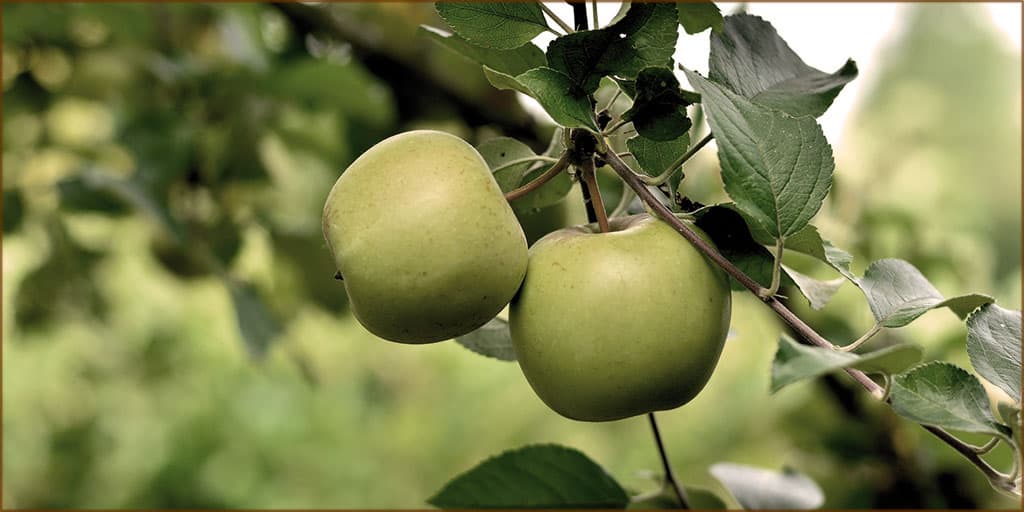
Granny Smith
Like many of their neighbors, the Smiths honed their skills as general orchardists. But some growers specialized in fruit varieties of their own raising, including seedling apples. Granny Smith was one of them. Which brings us to the story of how a bright green, juicy, tart apple came to be known as the “Granny Smith.”
As usual, there are several different accounts.. But the generally accepted story comes from a 1924 article in Farmer and Settler written by a local historian and orchardist who interviewed two local farmers who knew the Smiths. One remembered how, in 1868, he and his father were invited to the Smith’s farm to see a little seedling that had sprung up from a compost heap near a creek on the Smith property. Another told of how Granny Smith was testing some Tasmanian-grown crab apples from the local market for cooking, tossing cores and peels out her kitchen window as she worked.
Granny Smith, then 69 years old, took it upon herself to start propagating the new cultivar on her property, finding the apples as good for cooking as they were for eating out of hand. Taking a stall at Sydney’s George Street Market, she sold her produce one day a week. Among other things, her bright green apples proved to be good keepers, and became extremely popular.
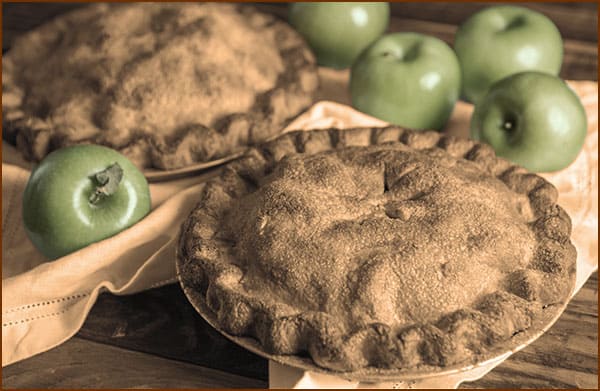
Died in 1870, But Her Apple Lives On
Sadly, Granny Smith never saw her namesake apple gain commercial recognition. She died in 1870, just two years after discovering that lone apple seedling on her property. The woman who will always be known for discovering one of our best known and beloved apples now lies with her husband in St. Anne’s Church Cemetery in Ryde, New South Wales.
After Thomas Smith died in 1876, another local grower who had planted Granny Smith’s trees on his property purchased the Smith farm. While he was successful in marketing the apple locally, it wasn’t until 1890 or 1891 that people began to take notice of Smith’s cultivar when her fruit was displayed at the Castle Hill Agricultural & Horticultural Show, where “Smith’s Seedling” took the top prize for best cooking apple.
Four years later, Granny Smith apples were officially introduced at the Government Experimental Station in Bathurst in New South Wales and, soon after, included on a list of fruits suitable for export. Their fame grew in line with their long shelf life — they could be picked from March and stored well into November.
Feeding the Troops in World War I
Granny Smiths were exported in enormous quantities after the First World War and, by 1975, 40% of Australia’s apple crop was Granny Smith. They were introduced to Great Britain in 1935, finally making their way to the United States in 1972. By 2019, the United States Apple Association reported the Granny Smith was the third most popular apple in America, coming in behind the Gala and Red Delicious varieties.
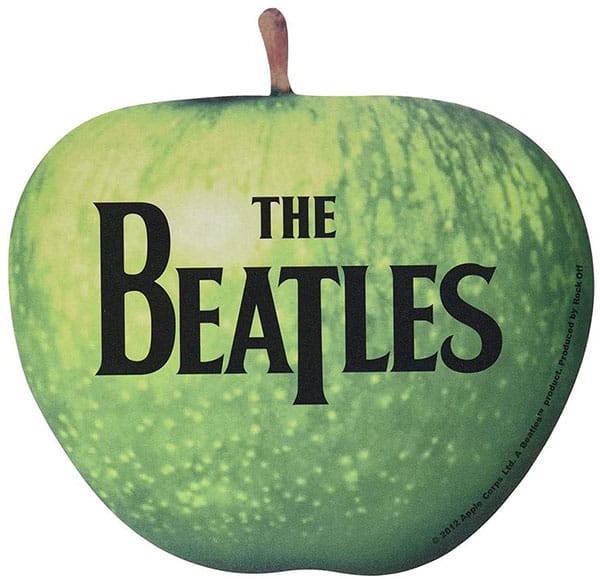
In 1968, four lads from Liverpool known as The Beatles used the image of a Granny Smith apple as the logo for their corporation, Apple Corps Limited; for their label, Apple Records, one side of their vinyl albums featured the outside of the fruit while the flip side showed a cross-section of the apple. On this side of the pond, the Granny Smith was one of just four apples honored by the US Postal Service in 2013, when they issued a set of stamps honoring historic cultivars — it was joined by the Northern Spy, Baldwin and Golden Delicious.
Granny Smith Festival
In Australia, Eastwood celebrates Maria Ann Shepherd Smith every year with the Granny Smith Festival, known to attract crowds of over 80,000 people in one weekend.
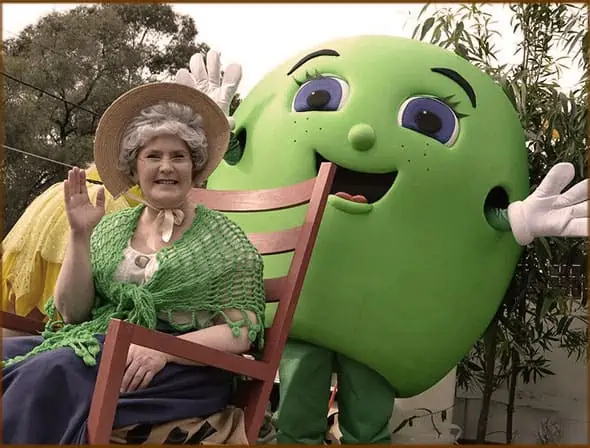
Participants dress up like Granny Smith, with over 200 market stalls selling everything from t-shirts and hats festooned with green apples to the expected pies, caramel apples and tarts. Over the years, the festival has grown to include a parade, fireworks, street performers, a carnival and live entertainment.
Finally, a nonprofit group, Monument Australia, presented a commemorative plaque to her great granddaughter, Edna Spurway, in celebration of the 25th anniversary of the Granny Smith Festival. Spurway, Smith’s last direct descendant, died at the ripe old age of 101 in 2021, crediting her longevity to good genes and, you guessed it, “lots of apples.”

What an amazing story. Would love to visit her grave when I travel to Australia hopefully in the next few years?
Fantastic story, thank you very much for more knowledgecabout my favorite apple 🍏